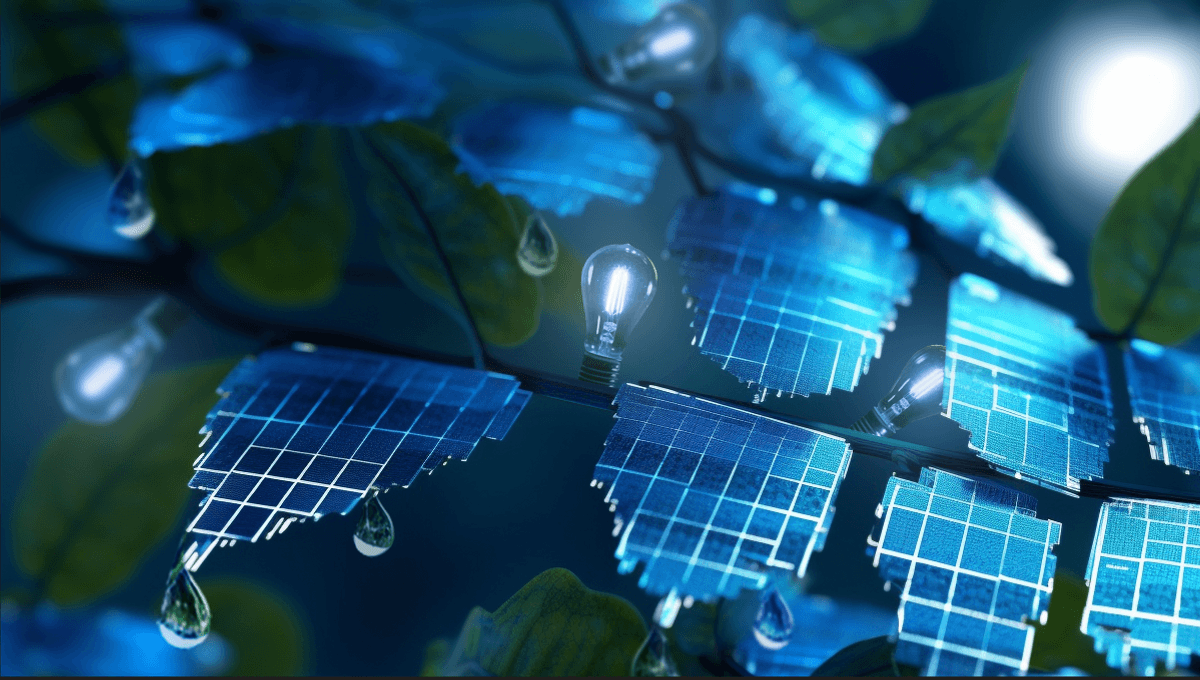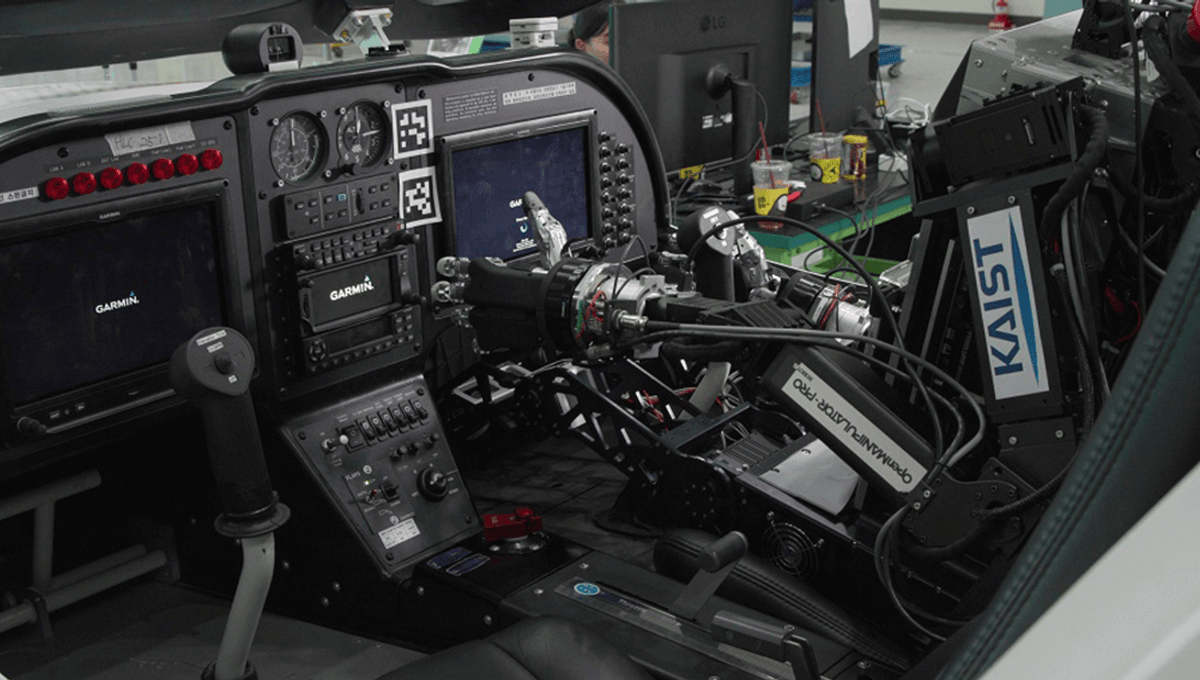Did you know that photovoltaic (PV) solar energy can convert sunshine into electricity? However, previous PV cells were not very efficient, with only 10-25 percent of solar energy being converted to electricity. The rest of the energy would go to waste and make the PV cells extremely hot on sunny summer days.
But here’s the exciting part: researchers from Imperial College London have come up with a solution inspired by plants! They have redesigned the PV technology to co-generate electricity, heat, and clean water, all while improving electrical performance. They call it the photovoltaic leaf, or PV-leaf for short.
Just like a plant leaf, the PV-leaf has multiple layers and structures that mimic the transpiration process. It is made up of natural fibers that drive water from a separate tank to the solar cell, covering it completely and allowing it to evaporate. The water vapor and heat can then be captured, along with any electricity collected. This innovative system effectively removes heat from solar PV cells.
.png)
According to Professor Christos Markides, Head of Clean Energy Processes Laboratory at Imperial College London, implementing this leaf-like design could help expedite the global energy transition and address the pressing challenges of increased energy demand and freshwater scarcity.
When tested, the PV-leaf proved to be more efficient than conventional solar panels, generating 10 percent more electricity. Additionally, it has the potential to produce over 40 billion cubic meters of freshwater annually, eliminating the need for expensive materials and equipment.
This groundbreaking technology has the potential to inspire and revolutionize the renewable energy sector. It’s an exciting step towards a greener future!
The study detailing this innovation is published in the journal Nature.








